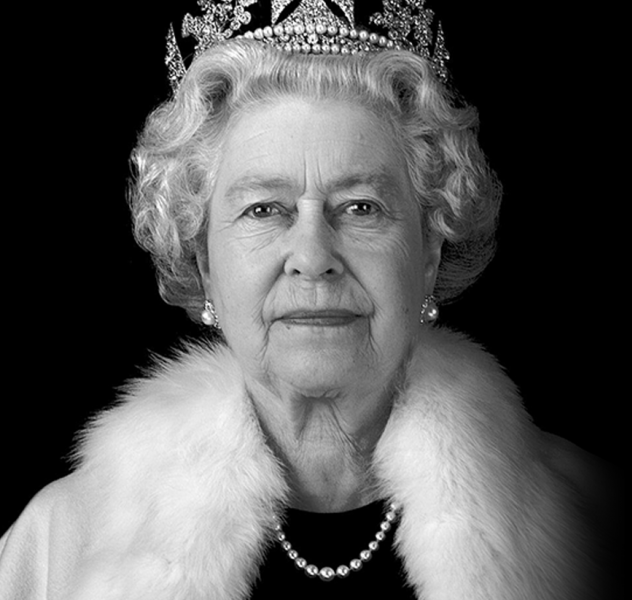As legislation continues to tighten, the need to improve efficiency and performance means that turbocharging alone is no longer sufficient for some high powered vehicles. Instead electric boosters are a new technology being utilised to maintain high response rates at low engine speeds.

In principle, an electric ‘booster’ provides power to a compressor that enhances the engines performance without relying on exhaust gases. Still in its infancy, Audi is one of the first to develop a 2.5L TT sports car that includes both a turbocharged fivecylinder gasoline engine and an electric booster.
According to reports, an electrically powered compressor can provide significant advantages. It rapidly reaches maximum speed and continues to boost charge pressure when a small amount of drive energy is left in the exhaust gas for the conventional turbocharger. This advancement makes it possible to design the conventional turbocharger for high engine power – the e-booster maintains response at low engine speeds. Electric boosting provides opportunities to deliver torque to the drivetrain, providing the performance people expect, whilst saving fuel. Industry sources suggest that an electric booster can respond instantly (within 250 milliseconds) and can reduce fuel consumption by 10 percent.
Electrification could be the next stage of high performance vehicle development, for both diesel and gasoline engines, however, this technology is still in its infancy. Traditional turbocharging is still the industry’s hot topic and in our opinion is here to stay!


